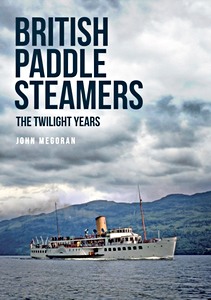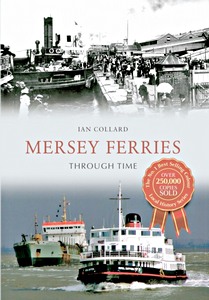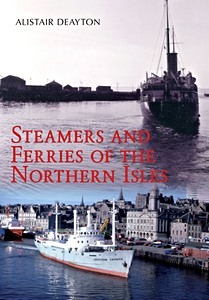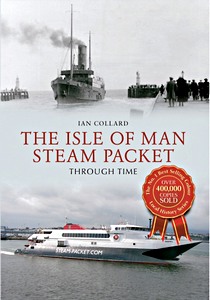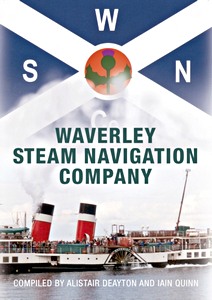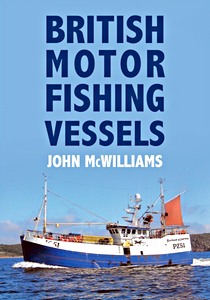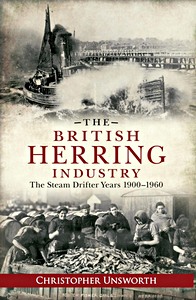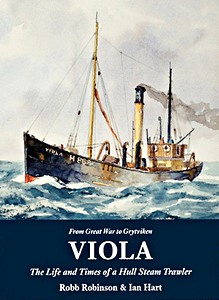The Caledonian Steam Packet Company - An Illustrated History
The Caledonian Steam Packet Co. was founded in 1889 by the Caledonian Railway and in 2014 is 125 years old. It originally sailed from Gourock but came to encompass many of the Clyde coast piers and resorts, from Girvan to Argyll.
At one time in competition with the Glasgow & South Western steamers and those of the North British Railway, by 1948 and the nationalisation of the railway companies, the steamers of these companies had all come under the auspices of the Caledonian Steam Packet Co. By 1973, the fleets of David MacBrayne and the CSP were amalgamated.
The CalMac fleet comprises the third volume in this series on Clyde and West Coast steamers. This follow-up to Alistair Deayton's David MacBrayne history tells the story of the other constituent company of CalMac, whose vessels, with their blacktipped yellow funnels, once flourished on the Clyde, sailing to Ayrshire, Renfrewshire and Argyll.
Specificaties
| Auteur: | Alistair Deayton |
|---|---|
| Uitvoering: | 128 blz, 17 x 24.5 x 0.9 cm, paperback |
| Illustraties: | 200 foto's |
| Uitgever: | Amberley Publishing (GB, 2014) |
| ISBN: | 9781445639208 |
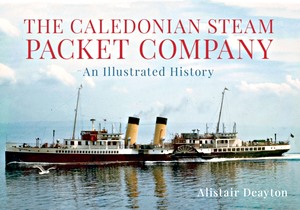
The Caledonian Steam Packet Company - An Illustrated History
Taal: Engels
Beschikbaar bij bol.com en Amazon - veilig betalen en snelle levering
Nu kopen bij bol.comNu kopen bij Amazon NL

